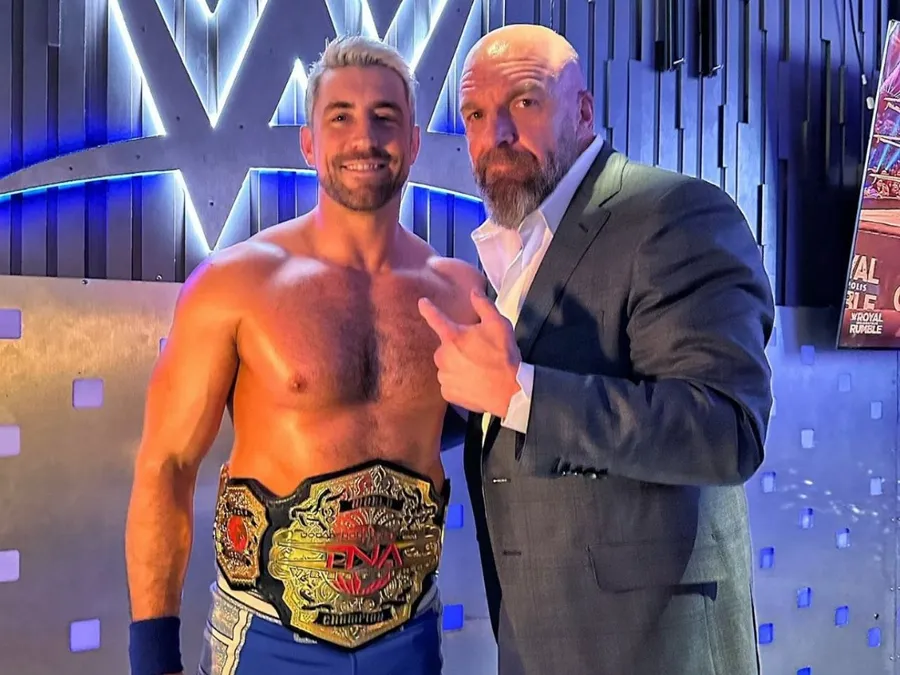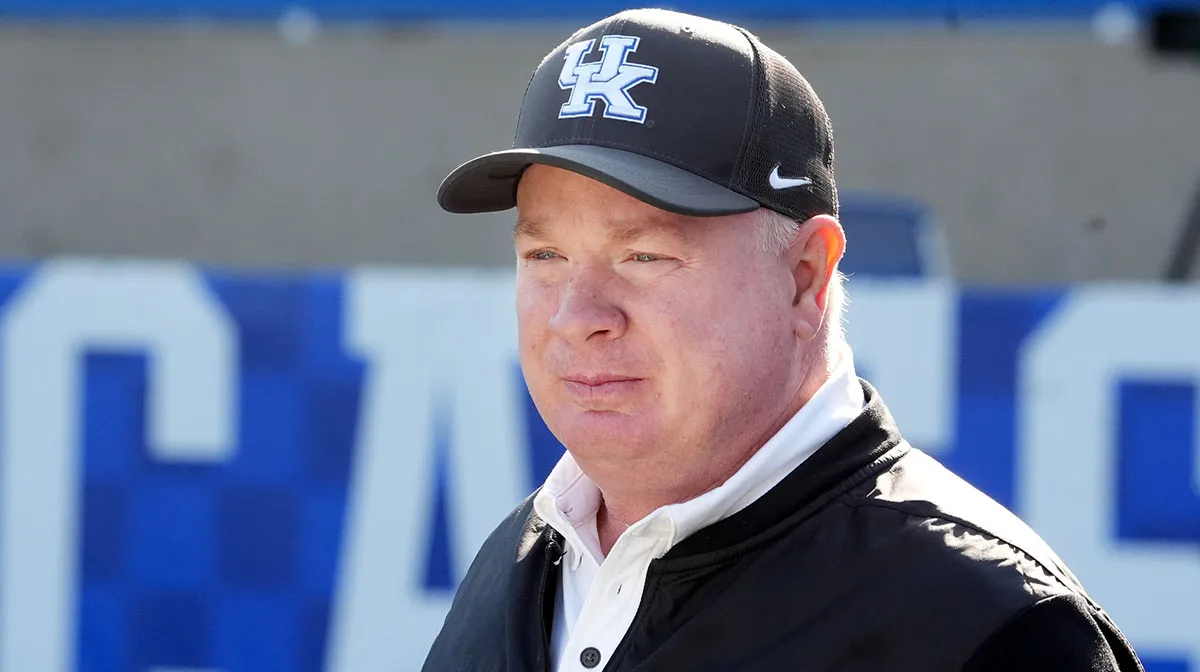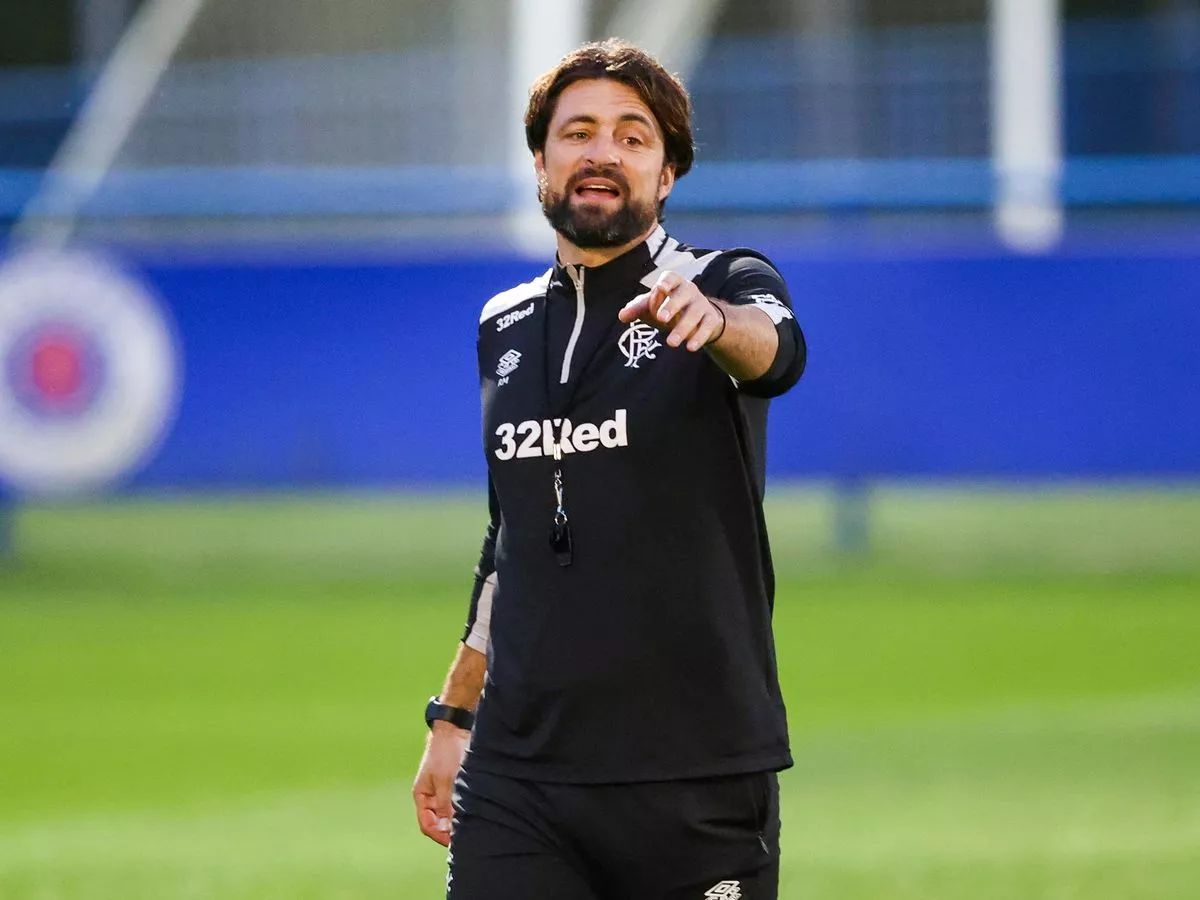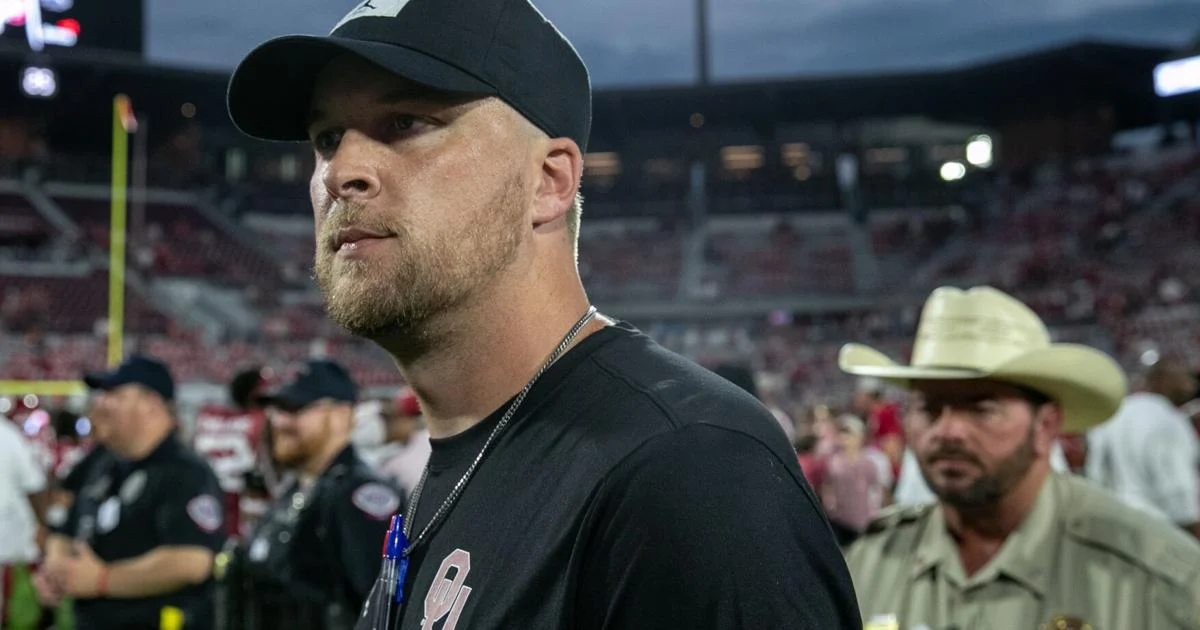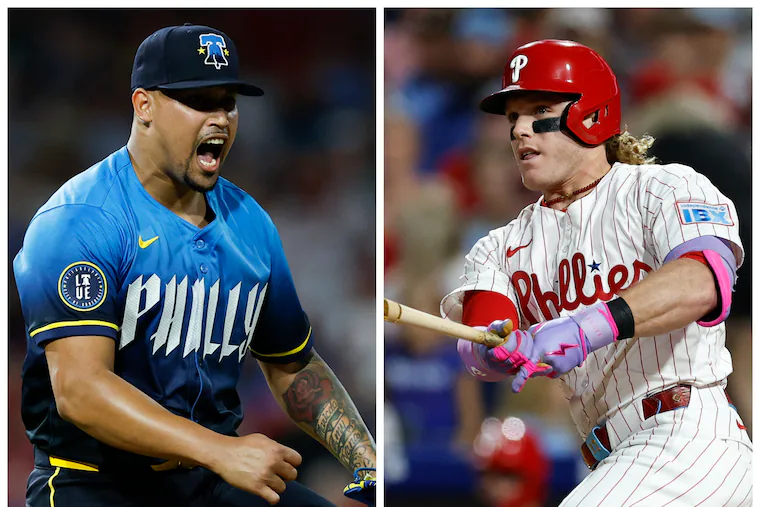
It was a few minutes past 4 p.m. in Minnesota on July 30, closing in on 24 hours until the trade deadline, and Twins president of baseball operations Derek Falvey had a 5 o’clock meeting with ownership.
The Phillies didn’t want him to walk in empty-handed.
After weeks of fence-sitting, the Twins let it be known that they planned to break up their roster amid a poor season. Star closer Jhoan Duran topped the bullpen-needy Phillies’ wish list. The teams volleyed ideas back and forth. The Phillies clung to Andrew Painter; the Twins liked A-ball catcher Eduardo Tait. That felt like traction.
» READ MORE: Trea Turner feels ‘confident’ about his recovery, but Phillies weigh the value of playing him this weekend
But Falvey wanted to move. That morning, he phoned Dave Dombrowski and said, “Give us your best offer.” And as the Phillies sat through a rain delay before a matinee series finale in Chicago, Dombrowski huddled with 16 inner-circle front-office lieutenants and put together a proposal.
And then, they waited.
“I don’t even think it was a half-hour,” Dombrowski said this week, with the Twins visiting Citizens Bank Park for the last series of the regular season. “We probably gave [the offer] at 20 [minutes] to, or a quarter to [5 p.m.]. Derek said he was going into a meeting with ownership and would get back to me and other clubs after that was done. So, it was not very long.
“But it does seem longer when you’re waiting like that.”
The suspense ended when Falvey called Dombrowski back.
“You’ve got a closer,” Dombrowski recalled him saying.
It’s clear now, two months later, that those 30 minutes — and a subsequent trade with the Twins the following day — were the pivot point of the Phillies’ season.
Consider: When the Phillies left Chicago on July 30, after a 9-3 loss to the White Sox, they were 61-47, a half-game out of first place in the National League East. Since then, they were 33-18 entering the weekend, the best record in the NL over that time. They passed the Mets on Aug. 3 (Game 111) and celebrated a defense of the division title after only Game 151.
It wasn’t only because they picked up Duran and center fielder Harrison Bader. Kyle Schwarber powered the second 50-homer season in team history and challenged Ryan Howard for the title of single-season Phillies home-run king. Trea Turner is poised to be the Phillies’ first batting champ since Richie Ashburn in 1958. Cristopher Sánchez took the No. 1 starter mantle after Zack Wheeler was lost for the season on Aug. 16.
» READ MORE: Roster decisions, a bullpen question, and more: What to watch for as the Phillies get set for the playoffs
But after a decade of ninth-inning instability, the Phillies finally found a lockdown closer. Duran brought a presence, from his cinematic entrance to his nasty splinker. In 19⅔ innings entering the weekend, he had a 2.29 ERA, 25 strikeouts, only one walk, and was 15-for-18 in save chances.
“You feel confident, and that’s what you want to feel,” Schwarber said. “It’s not like you expect him to go out and convert 30-for-30, you know? Everyone’s human. Everyone doesn’t have their A-stuff all the time. But you’re feeling pretty dang good whenever he’s rolling out there.”
And Bader ended the revolving door in center field with his energy, flair, and oh yeah, .314 average and .850 OPS through Thursday.
“I love him,” manager Rob Thomson said recently. “He’s a very confident person, but he’s a good person. It’s not phony, or fake, or anything like that.”
With the Twins in town this weekend, let’s dive into how the twin season-altering trades came together.
‘You’ve got a closer’
All along, even in spring training, the Phillies figured the bullpen was “a group that we could retool a little bit” at the trade deadline, as general manager Preston Mattingly said.
Then, José Alvarado got suspended in May.
And Jordan Romano turned into an $8.5 million bust.
So, the Phillies didn’t wait for July 31. They signed 40-year-old free-agent right-hander David Robertson after the All-Star break to a prorated $16 million contract as a hedge against not being able to trade for a reliever.
» READ MORE: The Jhoan Duran Effect is real so far, and there’s precedent for what the Phillies hope he delivers
Initially, the market appeared to be replete with closers. But the Orioles’ Félix Bautista injured his shoulder a week before the deadline. The Red Sox started rolling and re-signed Aroldis Chapman instead of trading him.
And in the ultimate deadline surprise, the Guardians’ Emmanuel Clase went on the restricted list on July 28 as part of an investigation into sports betting.
“I thought we would do something to help ourselves, but I can’t tell you my confidence level was brimming over at that point,” Dombrowski said. “Even when we flew from New York to Chicago on that Sunday night [July 27], we didn’t have [trade talks] that would be really strong.”
Dombrowski traded for a reliever at three of his previous four deadlines with the Phillies. But neither Ian Kennedy (2021), Robertson (2022), nor even Carlos Estévez (2024) had the ninth-inning stature of Duran.
And the bullpen torpedoed consecutive postseason runs, melting down in Arizona in the 2023 NL Championship Series and faltering against the Mets last year in the divisional round.
It was time, then, to make a bullpen splash.
Duran became the top target because of his electric stuff, notably a triple-digit fastball, signature splitter/sinker hybrid, and devastating curveball. But he also had postseason experience with the Twins, even closing out a wild-card series in 2023.
» READ MORE: An inside look at why Phillies closer Jhoan Duran’s signature ‘splinker’ is such an effective pitch
“That is something that’s important,” Dombrowski said. “We tried to do our homework on how he would handle a pennant race, which he’s already been in, how he would handle Philadelphia, just the enthusiasm that’s here and the energy level. And everything came back positive in that regard.”
All that was left was making a deal.
Most front offices in 2025 hoard their top-100 prospects, especially in talks for a closer. The Mets, for instance, sent a lesser return to the Cardinals for walk-year reliever Ryan Helsley rather than taking the plunge for Duran or Mason Miller, closers with multiple years of team control.
But Dombrowski has always been willing to trade a prospect based on his front office’s ability to evaluate internal talent more than Baseball America’s rankings. Sometimes he got burned (Randy Johnson, Trevor Hoffman); more often, he didn’t (Yoán Moncada, Anderson Espinoza, Jacob Turner).
In this case, the Phillies offered Tait, No. 50 in Baseball America’s top-100 prospect rankings, and Abel, a former first-round pick who outdueled Paul Skenes in his major-league debut in May but struggled to a 5.04 ERA in six starts overall for the Phillies.
“People use different criteria to make trades, surplus value and all,” Dombrowski said. “I’ve never hesitated even years ago to make moves like that. For me, it just goes back to knowing that if you’re going to make a deal, hopefully you evaluate your personnel well enough that you’re not giving up the wrong guys and you’re acquiring the right guys.”
» READ MORE: A healthy Alec Bohm is hoping to ‘flip the script’ on his season and boost the Phillies’ cleanup spot
The Phillies were confident in the seriousness of their offer. But until Falvey emerged from his meeting, they couldn’t be certain the Twins would accept. So, Dombrowski directed Mattingly, assistant general managers Jorge Velandia and Ani Kilambi, and others to keep working the phones.
“Just to keep abreast of what was happening with other guys,” Dombrowski said. “We didn’t know what was going to happen. You didn’t want to get a phone call and [the Twins] say, ‘We’re moving him somewhere else,’ and then we hadn’t touched base with one of the other teams and all of a sudden [another] guy’s traded in the meantime.”
But Falvey called at about 5:30 p.m. in Chicago, while the Phillies were playing the White Sox.
“I didn’t know if we were going to get that deal done or not,” Dombrowski said. “I think we would’ve gotten somebody else if it wasn’t [Duran]. But they called back after that meeting and said, ‘You’ve got a closer.’”
‘Perfect for Philly’
Amid ownership uncertainty in Minnesota and parity in the American League, the Twins’ intentions weren’t entirely clear even over the weekend before the deadline. But once they decided to sell, they committed to the undertaking.
In three days, the Twins dealt 11 players from their major-league roster, including star infielder Carlos Correa (Astros), utilityman Willi Castro (Cubs), and relievers Griffin Jax (Rays), Louis Varland (Blue Jays), Danny Coulombe (Rangers), and Brock Stewart (Dodgers).
“They had so many other things going on that, when we made the Duran trade, we asked about Bader and maybe folding Bader into that, and Derek said, ‘Well, we’re just not ready to work on that one yet,’” Dombrowski said. “I said, ‘OK, well, if we can get the closer, let’s go get the closer, and then we can worry about an acquisition for a right-handed hitting outfielder.’”
» READ MORE: The Phillies are once again poised for a World Series run. The plan this time: Whatever it takes
The Phillies’ search for a righty-hitting outfielder has been endless. And entering the deadline, they ranked 19th in overall outfield OPS (.715), including a .569 mark from Johan Rojas and .655 from lefty-hitting Max Kepler.
In Bader, they identified a former Gold Glove defender who was equally productive against righties and lefties. He also was hitting the ball harder and generating more power, especially to left field, with the Twins than his career averages.
“Numbers don’t really lie in terms of decision-making on the front-office side and individually for us as athletes, and my numbers are far more favored towards success when I pull the baseball,” Bader said. “Whatever that looks like, my intention is to get my swing off, and being this far along in my career and understanding my swing physically, my best swing is a pull-side swing.”
The Phillies knew Bader would bring energy, even swagger. With hair that overflows from his hat, neon-colored batting gloves, and cut-off T-shirts in batting practice, he has a distinctive style.
“He’s definitely the one that all the 10-, 12-, 13-year-old boys are dressing like and wearing their hair like and doing their batting stance like,” former Cardinals pitcher Adam Wainwright, Bader’s teammate in St. Louis, said on Phillies Extra, The Inquirer’s baseball show. “That’s authentic to who he is. He’s got a lot of flair. He’s perfect for Philly.”
Said Kepler: “Having played against him, I always thought that energy was a little loud. But now that he’s on my team, I love the dude. He brings energy day in, day out, and makes people laugh. It’s important.”
» READ MORE: Kyle Schwarber’s bet on himself paid off. And how he did it boosts his value — even as a DH.
The Phillies also knew Bader wouldn’t be overwhelmed by a sports-crazed Northeast market, considering he grew up in New York and played for both the Yankees and Mets.
But did anyone in the organization imagine Bader would bat .300 in the leadoff spot while Turner was out with a hamstring injury?
Not if they’re being honest.
“We thought he could play every day,” Dombrowski said. “Now, did we think he was going to play every day? I can’t really say that because we figured we would just play it out and see what happens. But he got off to such a quick start for us. He was driving the ball. He’d hit a little looper, and it would all be hits. For a while there, he was hotter than a firecracker.
“He was probably doing things that I don’t think anybody would have expected at that particular time.”
Bader even changed the Phillies’ season, like everything else about the trade deadline.
